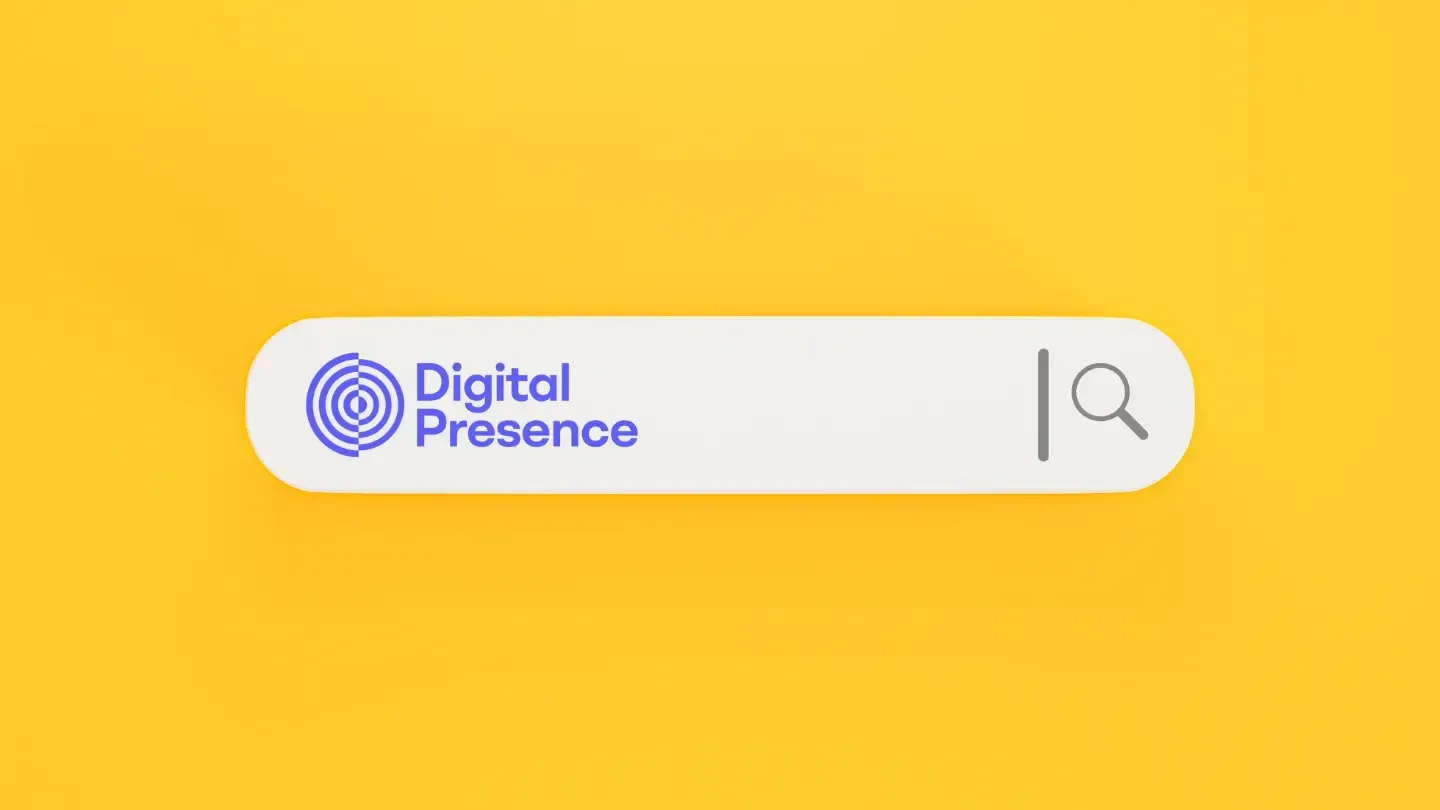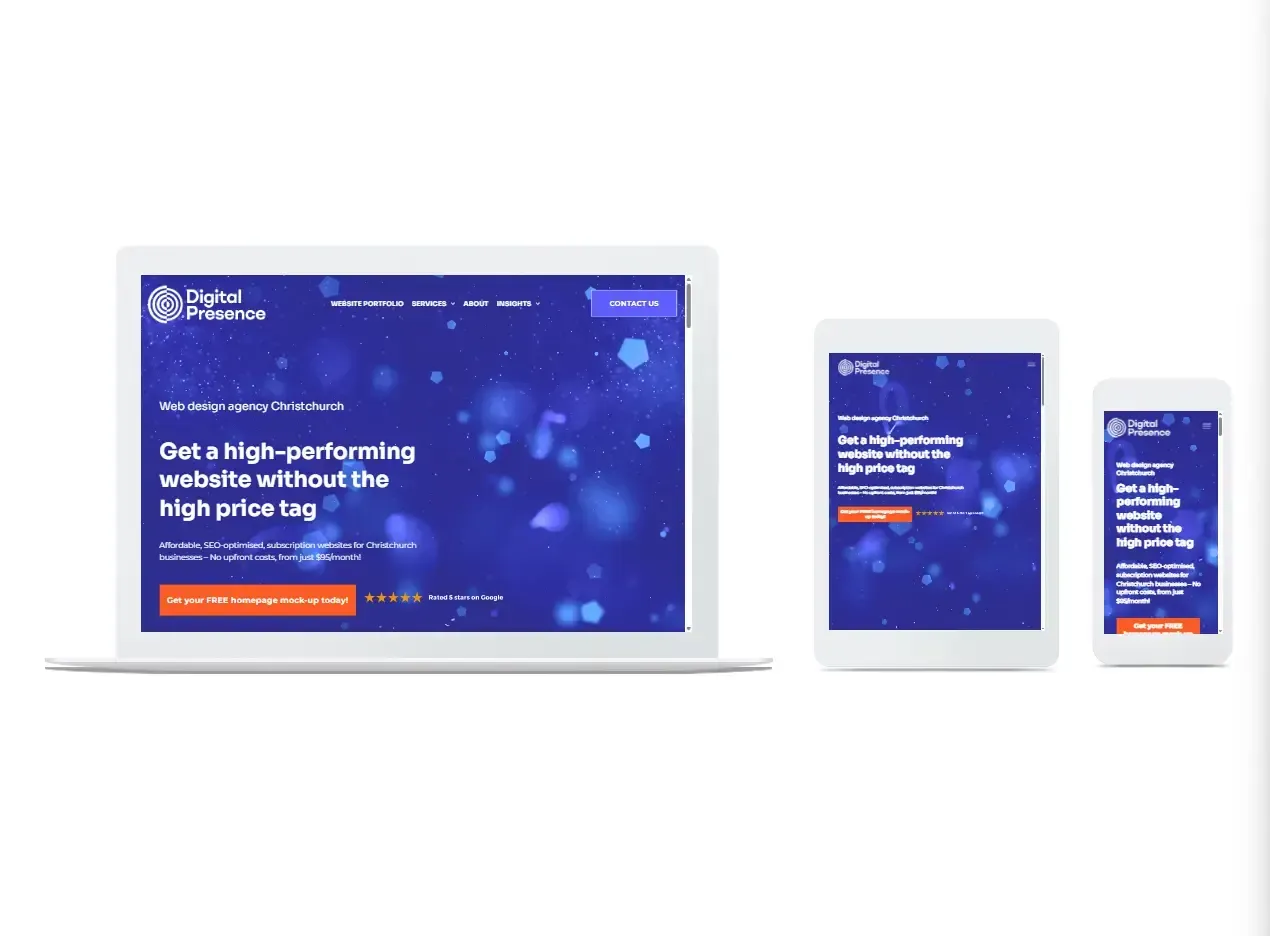How to design a website for lead generation: A guide for Christchurch service-based businesses
For service-based businesses in Christchurch, your website isn’t just a digital brochure — it’s your primary tool for attracting, engaging, and converting potential customers. But simply having a website isn’t enough. To generate high-quality leads, your website needs to be strategically designed to drive conversions. Whether you’re a plumber, an accountant, a personal trainer, or any other service-based business, understanding how to design a website that maximises lead generation is key to growing your business.
In this comprehensive guide, we’ll walk you through the strategies and best practices for designing a website that effectively generates leads. From creating effective landing pages and optimising forms, to crafting compelling calls-to-action (CTAs) and leveraging design elements that encourage conversions, we’ll cover everything you need to know to turn your website into a lead-generation powerhouse.
Why lead generation matters for service-based businesses
For service-based businesses, generating leads is often the top priority. Unlike e-commerce businesses that focus on online sales, service businesses rely on qualified leads who are interested in booking a service, requesting a consultation, or making an inquiry. The challenge lies in attracting the right type of traffic and guiding visitors to take action once they’re on your site, especially when it comes to web design Christchurch.
Your website should be your most effective tool for converting website visitors into leads, and this can only happen when it’s designed with lead generation in mind. With the right strategies and optimisations, your website can play a central role in driving business growth by turning website visitors into paying customers.

1. Focus on creating high-converting landing pages
Landing pages are crucial for lead generation. These pages are specifically designed to encourage visitors to take a particular action, such as filling out a form, booking a consultation, or signing up for a newsletter. A well-designed landing page will increase your conversion rates and help you generate more leads.
Why landing pages are important for lead generation
A landing page is your opportunity to focus a visitor’s attention on a single goal, without distractions from other pages or navigation menus. Here’s why landing pages are so effective:
- Focused Call to Action: Landing pages allow you to present one clear and compelling call-to-action (CTA), which guides visitors to take the next step in their customer journey.
- Higher Conversions: Since landing pages are designed for a single purpose, they can be tailored to encourage specific actions, leading to higher conversion rates.
- Targeted Content: Landing pages allow you to create content that is highly relevant to the visitor’s search intent, making it more likely that they’ll convert.
Key elements of a high-converting landing page
To create a landing page that generates leads, you need to incorporate the following elements:
- Headline: The headline should be attention-grabbing and clearly explain the benefit of your offer. Use simple, clear language and make it relevant to your audience’s needs.
- Sub headline: The sub headline supports the main headline by providing additional details and clarifying the value of your offer.
- A Strong Call to Action (CTA): Your CTA should be prominent and encourage action. It should be specific (e.g., “Book Your Free Consultation” or “Get a Quote”) and easy to find.
- Trust Signals: Use testimonials, reviews, certifications, and guarantees to build trust and credibility with your visitors.
- Simple Form: Make it easy for visitors to convert by keeping your form simple. Only ask for essential information (name, email, phone number) to increase the likelihood of submission.
- Visual Appeal: Use images or videos that are relevant to your offer and help convey your message. A strong visual can create an emotional connection and increase conversions.
- Thank You Page: After visitors submit their information, direct them to a thank you page that confirms their action and encourages further engagement.

2. Optimise your website forms for lead generation
Forms are an essential part of your website’s lead-generation process. They’re often the first point of contact between you and potential customers. Whether it’s a contact form, a quote request form, or a newsletter sign-up, how you design and optimise your forms can significantly impact your lead generation efforts.
Why website forms are crucial for lead generation
Forms allow visitors to easily share their information with you, whether that’s their name, phone number, email address, or other details. They’re the bridge between visitor interest and customer engagement. However, poorly designed or overly complicated forms can drive visitors away.
Best practices for designing lead-optimised forms
Here’s how to design website forms that maximise lead generation:
- Keep it Simple: The more fields you ask visitors to fill out, the less likely they are to submit the form. Only ask for the essential information you need to follow up with leads (e.g., name, email, phone number).
- Use Smart Fields: Use drop-downs or checkboxes to make it easier for visitors to fill out the form. For example, allow users to select their service area or preferred contact method.
- Clear and Actionable CTA: Your form should have a clear, actionable CTA, like “Submit Your Request” or “Get My Quote Now.” Make it clear what will happen when they click the button.
- Design for Accessibility: Ensure your forms are mobile-friendly and easy to navigate on all devices. Many users will be accessing your site from their smartphones, so mobile optimisation is key to increasing form submissions.
- Use Conditional Logic: If your forms are lengthy, consider using conditional logic to show only the fields relevant to the user. This makes the form feel more personalised and less overwhelming.

3. Craft compelling calls to action (CTAs)
CTAs are one of the most important elements of your website when it comes to generating leads. They guide users to take the next step in their customer journey, whether that’s booking a service, signing up for a consultation, or contacting you for more information.
Why CTAs are important for lead generation
A CTA serves as a clear instruction to your visitors on what they should do next. Without an effective CTA, users may leave your site without converting, even if they’re interested in your services. A good CTA leads visitors down the path to becoming a lead or a customer.
Best practices for effective CTAs
Here’s how to design CTAs that drive conversions:
- Make CTAs Stand Out: Use contrasting colours, bold fonts, and large buttons to make your CTAs easy to see and clickable.
- Use Action-Oriented Language: Your CTA should encourage immediate action. Instead of saying “Submit” or “Click Here,” use more specific phrases like “Get a Free Quote,” “Book Your Consultation,” or “Request a Callback.”
- Position CTAs Strategically: Place CTAs in key areas of your website, such as in the header, at the end of blog posts, on landing pages, and in the footer. They should be easy to find without scrolling.
- Create Urgency: Use phrases like “Limited Time Offer” or “Book Today” to create a sense of urgency and encourage immediate action.

4. Design your website for trust and credibility
In order for visitors to convert into leads, they need to trust you. Trust is a crucial factor in lead generation, especially for service-based businesses. Your website design should help establish your credibility and make visitors feel confident in doing business with you.
How to build trust with website design
Here’s how you can design your website to build trust with your visitors:
- Show Testimonials and Reviews: Display positive feedback from happy customers to build credibility. Use real quotes and include customer photos when possible.
- Highlight Certifications or Awards: If you have certifications, industry recognitions, or awards, be sure to display them prominently on your website to show that you’re a trusted professional in your field.
- Include Guarantees: Offering guarantees, such as a satisfaction guarantee or money-back policy, can ease potential customers’ concerns and increase conversions.
- Professional Design: A polished, professional website design conveys trustworthiness. Avoid using outdated designs or DIY website builders that may look unprofessional.
- Secure Your Site: Display SSL certificates on your site to assure visitors that their personal information is safe when submitting forms or making payments.

5. Leverage testimonials and case studies for social proof
Testimonials and case studies are powerful tools for converting visitors into leads. They provide real-world proof that your business delivers on its promises and that you’ve successfully helped other customers.
Why social proof works for lead generation
Humans are social creatures, and we tend to trust the experiences of others. Social proof, in the form of testimonials, reviews, and case studies, can significantly increase your website’s credibility and make potential leads feel more comfortable reaching out to you.
How to use testimonials and case studies for lead generation
- Feature Testimonials on Key Pages: Place customer testimonials on your homepage, landing pages, and service pages. Ensure that the reviews are genuine and provide context on how your services helped the customer.
- Create Detailed Case Studies: If possible, write detailed case studies that show how your business solved a particular problem for a client. Include real metrics (e.g., increased sales, improved efficiency) to back up your claims.
- Encourage Reviews: After completing a job for a client, ask them to leave a review or provide a testimonial. Make it easy by offering links to your review platforms.

6. Track and optimise for conversion
Once your website is live, the work doesn’t stop there. You’ll need to continually track how your site is performing in terms of lead generation and optimise it for better results.
Why tracking and optimising for conversion matters
Tracking your website’s performance allows you to identify which elements are working and which need improvement. Conversion Rate Optimisation (CRO) is the process of continually testing and improving your website to increase the percentage of visitors who take action.
How to Track and Optimise for Lead Generation
- Use Google Analytics: Set up Google Analytics to track how visitors interact with your website, where they’re coming from, and which pages are leading to conversions.
- A/B Testing: Conduct A/B tests on your landing pages, CTAs, and forms to see which versions drive more conversions.
- Heatmaps: Tools like Hotjar allow you to see where visitors click on your pages, which can help you optimise your layout for better lead generation.
Designing a website that generates high-quality leads is essential for service-based businesses in Christchurch. By focusing on key elements like high-converting landing pages, optimised forms, effective CTAs, and trust-building design, you can turn your website into a lead-generation machine.
At Digital Presence, we specialise in helping Christchurch businesses create websites that not only look great but drive real business results. If you’re ready to start generating more leads, contact us today for a free consultation. We’ll work with you to design a website that converts visitors into loyal customers.












